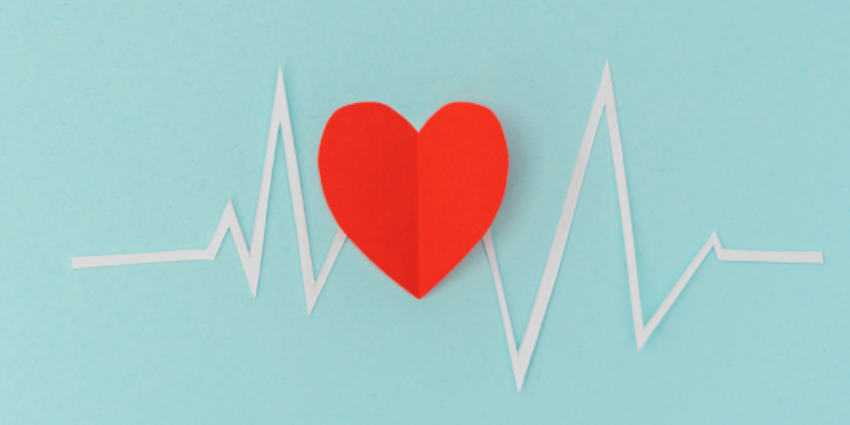What is Heart Rate Variability (HRV) and why is it so important?
We usually think that heart rate (HR) is one of the ways to measure a healthy cardiovascular system or a way to view our health in general. However, studies have shown that it’s the variability of the heart rate that is a major player in our overall look at our health and wellness. Heart rate is the measure of our heart in beats per minute.
We consider 6o bpm to be a healthy heart rate. But, are 60 bmp beats per minute every second or do they vary?
Its this variability of the beats of the heart that truly measure our state of wellness.
The HRV is measured in milliseconds and is the variation of the time between the beats of the heart. The greater this variability the better health we have and also a younger biological age and a better aerobic capacity.
If the beats are lower in variability it is an indication of our health not being the healthiest. It means we are experiencing stress or possible hormone imbalances.
“HRV is a great indication of the state of health of our cardiovascular system and our ability to manage stressors. “
The autonomic nervous system (ANS) is the unconscious division of the peripheral nervous system. It is believed to be exclusively motor in function. It sends impulses to various organs, glands, and systems so that the body can function automatically without conscious control. It is made up of our parasympathetic nervous system (PNS) which regulates all functions necessary for long term life like our digestion, heart rate and respiratory system. It also consists of the sympathetic nervous system (SNS), which takes care of the stress or emergency response. This means that under stress, it shunts blood to muscles to activate during periods of flight or fight, our pupils dilate and our heart rate increases, adrenaline and cortisol levels spike. This is the result of thousands of years of keeping us alive from becoming prey.
In today’s day and age, we live in this place of “flight or fight” response due to demands that we either place on ourselves or allow others to do so also.
There is one key way to reduce its effect and that is to increase the PNS response.
- Deep breathing, meditating or doing things to calm your body, mind and soul.
- Physical exercise is another way to help reduce stress in most people.
HRV is something that is measurable. There are a lot of devices out there that can help you do that, but I prefer and would recommend OURA. This company has an app that you can buy which connects to a ring you wear at night and it measures your HRV even when you are not aware.
The main benefit of doing so if you are an athlete or just someone who is looking to become healthier is that it will help get you a base line of where you are so you can measure your health.
Sometimes after physical exertion your HRV drops a bit but it should come back up. If you notice that it doesn’t then you know you could be coming down with something or you may need to rest. For athletes it is especially significant during your training periods. When HRV drops you need to make sure to be in recovery, or slow your training intensity. And conversely if your HRV is high, keep on training.
Regular endurance training has a wonderful effect of increasing your HRV.
I found this article which I thought was good too. It speaks about some of the biggest mistakes when measuring HRV. Check it our here: The 8 Biggest Mistake Made When Measuring HRV
HRV is unique to you. So don’t bother comparing your HRV to anyone else’s.
Also make sure to stay hydrated. Anything that dehydrates you like hot saunas, or alcohol, etc., may affect your readings.
I hope you found this article helpful.
Stay healthy and happy.
Till next time.
Vanessa

